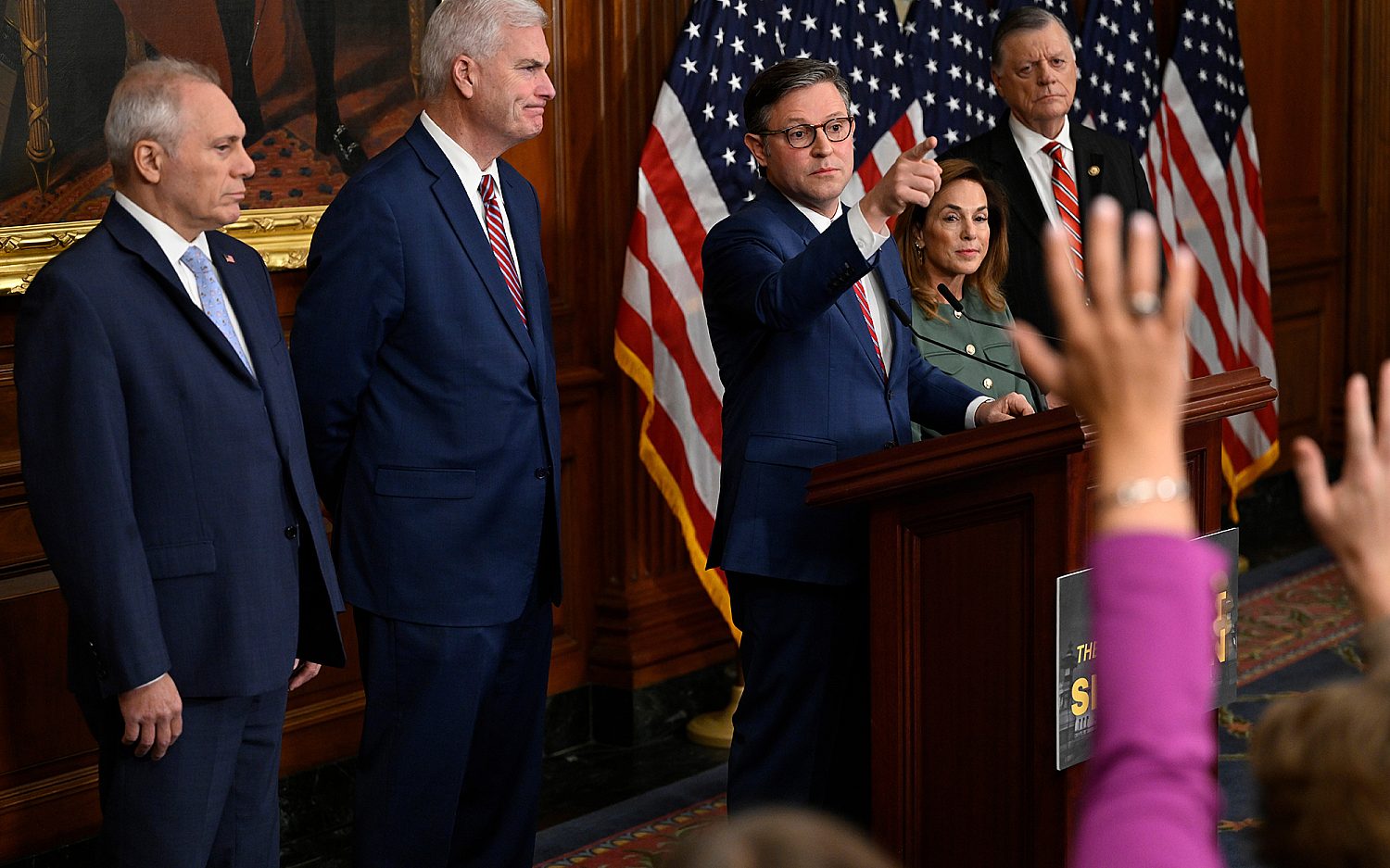Abstinence groups: New sex-ed study misses point of urging teens to wait
Abstinence advocacy groups say a new study criticizing virginity pledges misses the point of abstinence education.
The study, “Broken Promises: Abstinence Pledging and Sexual and Reproductive Health,” published on the website of the Journal for Marriage and Family, reports that the vast majority of virginity pledgers break their promise to save sex for marriage. Those who don’t wait have a higher risk of STDs and pregnancy outside marriage. The study concludes educational programs advocating abstinence are therefore ineffective.
But that logic does not work, said Mary Anne Mosack, national director for state initiatives for Ascend, formerly known as the National Abstinence Education Association.
“The idea that ‘the pledge’ is the crown jewel or centerpiece of sexual risk avoidance programs is simply an exaggeration and is not accurate,” Mosack said, noting that pledging was popular for programs in the late 1990s and early 2000s, but not as much today.
The study looked at data taken from a national longitudinal study of adolescents. The researchers examined interviews of about 3,000 teenage girls originally done in 1994-95 as well as follow-up interviews with the same young women as adults. They found pledgers who had more than one sexual partner had a higher rate of contracting human papillomavirus (HPV). They also found 30 percent of pledgers experienced a non-marital pregnancy within six years after first having sex, compared to only 18 percent of non-pledgers.
The study’s authors inferred teen girls who take an abstinence pledge associate sex with failure and hear downplayed messages about the effectiveness of contraception. Therefore, they are more likely to have unprotected sex and higher rates of HPV and pregnancy, the “unintended negative consequences” of abstinence pledging, according to the study.
The authors conclude abstinence-only sex education “may be contributing to the decreased sexual and reproductive health of girls and young women,” Anthony Paik, associate professor of sociology at the University of Massachusetts Amherst and lead author of the study, said in a press release.
But Mosack said the study mischaracterizes abstinence education programs.
“Students have the information on how to reduce risk,” Mosack said, noting that the five most widely used sexual risk avoidance curricula across the country today include medically accurate information about contraception. Sex education advocates like to perpetuate the narrative that risk avoidance programs only give the failure rates for contraception, which is not accurate.
“What we don’t do is normalize teen sex,” Mosack said. Ascend advocates for sexual risk avoidance programs that are both holistic and realistic, she added, and studies are finding such programs successful in delaying sexual initiation. Because early sex is linked to more lifetime sexual partners, higher rates of STDs and pregnancy, and lower educational status, Mosack said the value of delaying sex shouldn’t be underestimated.
The fact that pledging alone is not effective should not come as a surprise in today’s culture, said Caitlin La Ruffa, executive director of the Love and Fidelity Network, an organization equipping university students to uphold marriage and sexual integrity. Trying to live out a pledge in a culture that “bombards you with messages and pressure to live otherwise” is hard.
La Ruffa said the best safeguard is not a pledge, but instead a supportive community that shares, or at least respects, students’ commitments to chastity.
“A pledge is signed in a moment, but chastity—and the temptations against it—is a daily choice we must make throughout our lives,” she said.
An actual newsletter worth subscribing to instead of just a collection of links. —Adam
Sign up to receive The Sift email newsletter each weekday morning for the latest headlines from WORLD’s breaking news team.




Please wait while we load the latest comments...
Comments
Please register, subscribe, or log in to comment on this article.